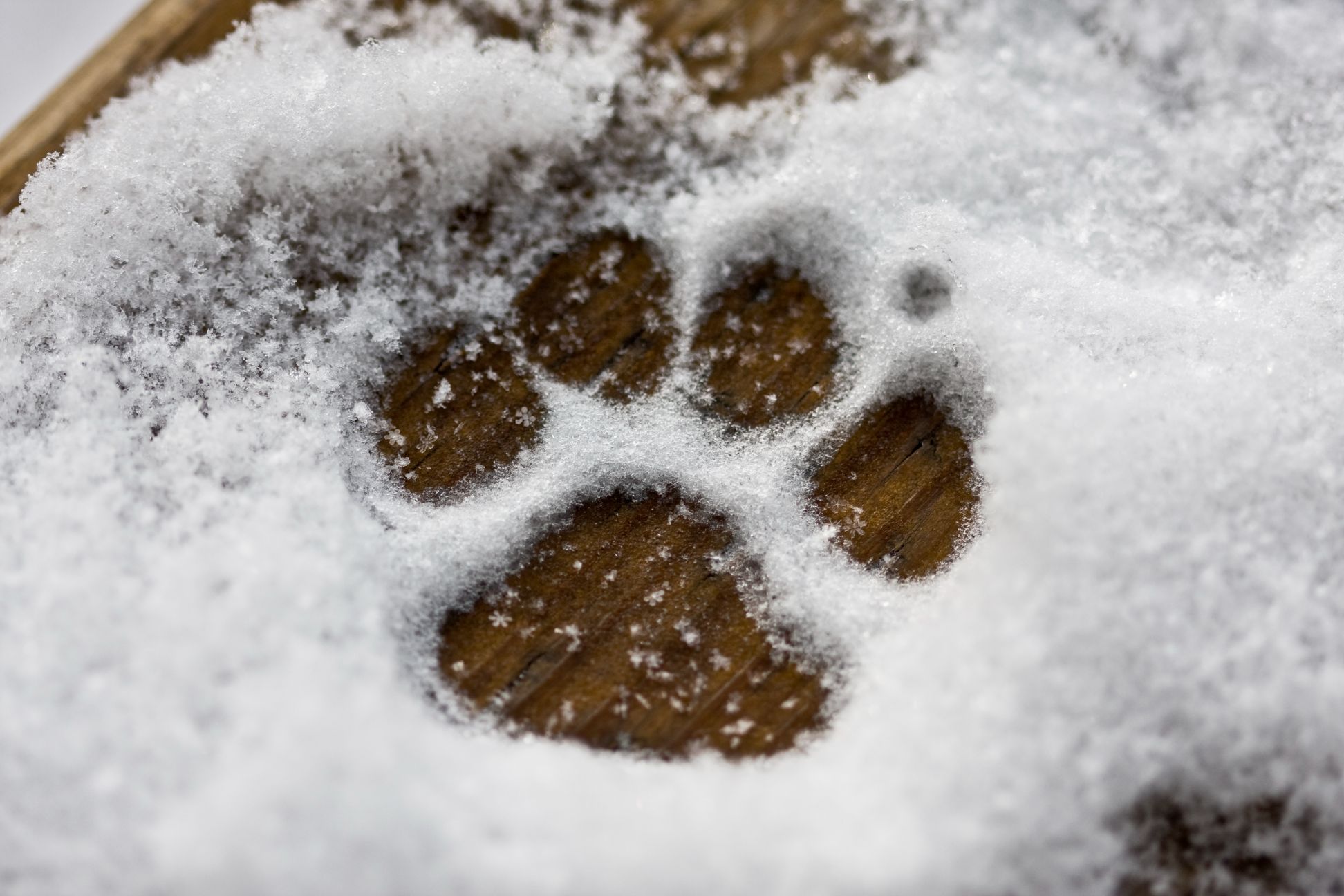Pet Hygiene in the Winter: Bathing, Grooming, and Paw Care

Have you ever wondered how to take care of your pawsome pets during the cold winter months? If you live in a snowy area like our team at All Critters Veterinary Hospital, winter pet care is key. Here are the 3 tips we’ve learned from living through countless Ohio winters.
3 Tips for Pet Hygiene in the Winter
1. Find Your Nearest Dog-Wash for Warm, Sudsy Baths
It may be getting chilly outside, but your dog still needs a bath about once a month—or whenever she starts smelling a little too funky. Always bathe your dog indoors during the winter, using warm water and moisturizing doggy shampoo.
If your pup doesn’t fit in the bathtub at home, take her to a self-serve dog wash. Many do-it-yourself car-washing stations come with dog wash areas, too. They’re less expensive than taking your pup to the groomer. And instead of spending time with someone else, they get to bond with you during their winter baths!
Just make sure to use that moisturizing doggy shampoo. Dry winter air can be tough on your pet’s skin.
You can wash your kitty at a dog wash, too, if she rolls in something questionable. Otherwise, cats can skip the monthly baths. They’re excellent at taking care of their own bathing needs.
2. Stay on Top of Your Grooming Routine
Winter pet grooming is just as important as summer pet grooming.
Your pet might even have more fur in the winter than he does in the summer! Many dogs stop shedding as much as the temperatures drop. This gives them more fur to keep them warm during the snowy season.
Brushing this lush coat at least twice a week is important. This is especially true if you have a long-haired dog.
Your pup’s long coat will still protect her even if you brush it every day. As you help detangle her furs and weed out the dead hairs, new fur will grow in its place. The last thing you want is a matted, tangled mess come springtime.
Whether you have a kitty or a pup, winter is a great time to add omega-6 and omega-3 fatty acid supplements to your pet’s diet. These fatty acids can help your pet shed less, avoid dry skin, and enjoy a silky, shiny coat. It’s also great for their joints!
3. Pay Special Attention to Your Pet’s Paws
Winter paw care might be the final item on our list, but it’s far from the least important. There are several irritants to watch out for when you take your pawsitively precious pup or kitty outside to play in the snow:
- Sidewalk salt and/or chemicals: These ice-melting aids can irritate your pet’s feet and tummy (after they lick their salty paws).
- Snow and sand (for ice-melting): Snow and gritty sand can get stuck in the most sensitive spots, which causes dryness and chafing.
- Cold temperatures: Paws can get frostbite if they’re out in the cold for too long without protection!
Try putting a pair of boots on your pet before going out in the cold. If she’s not a fan of the boots, rub Vaseline or paw balm on your pet’s paws before you head out into the cold. It’ll act as a barrier between her paws and the things that can make cold weather not-so-fun.
If you need us to check out your pet’s skin, fur, or paws this winter season, contact us today. Our caring team is here to help you and your favorite animals thrive all winter long.
